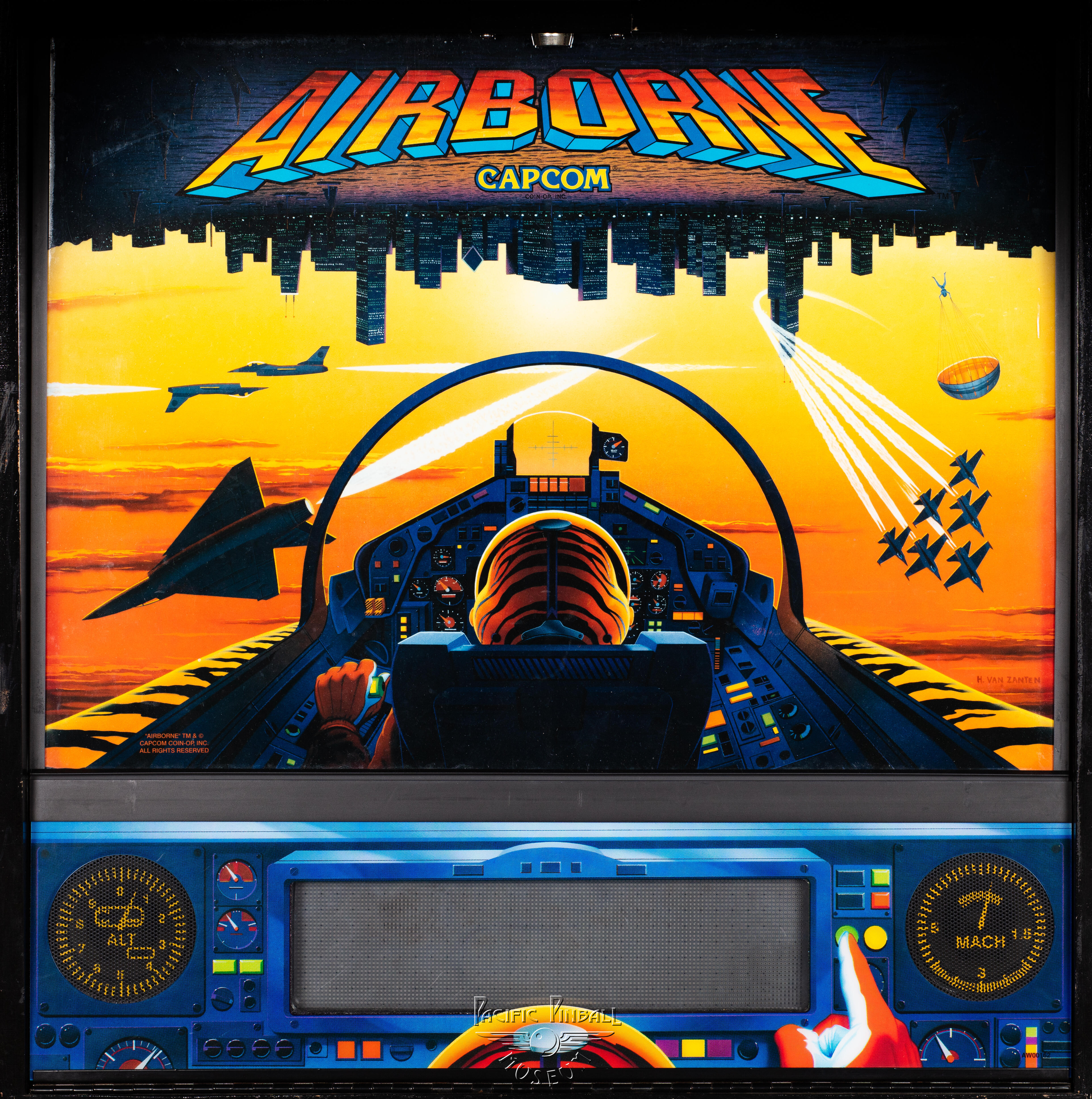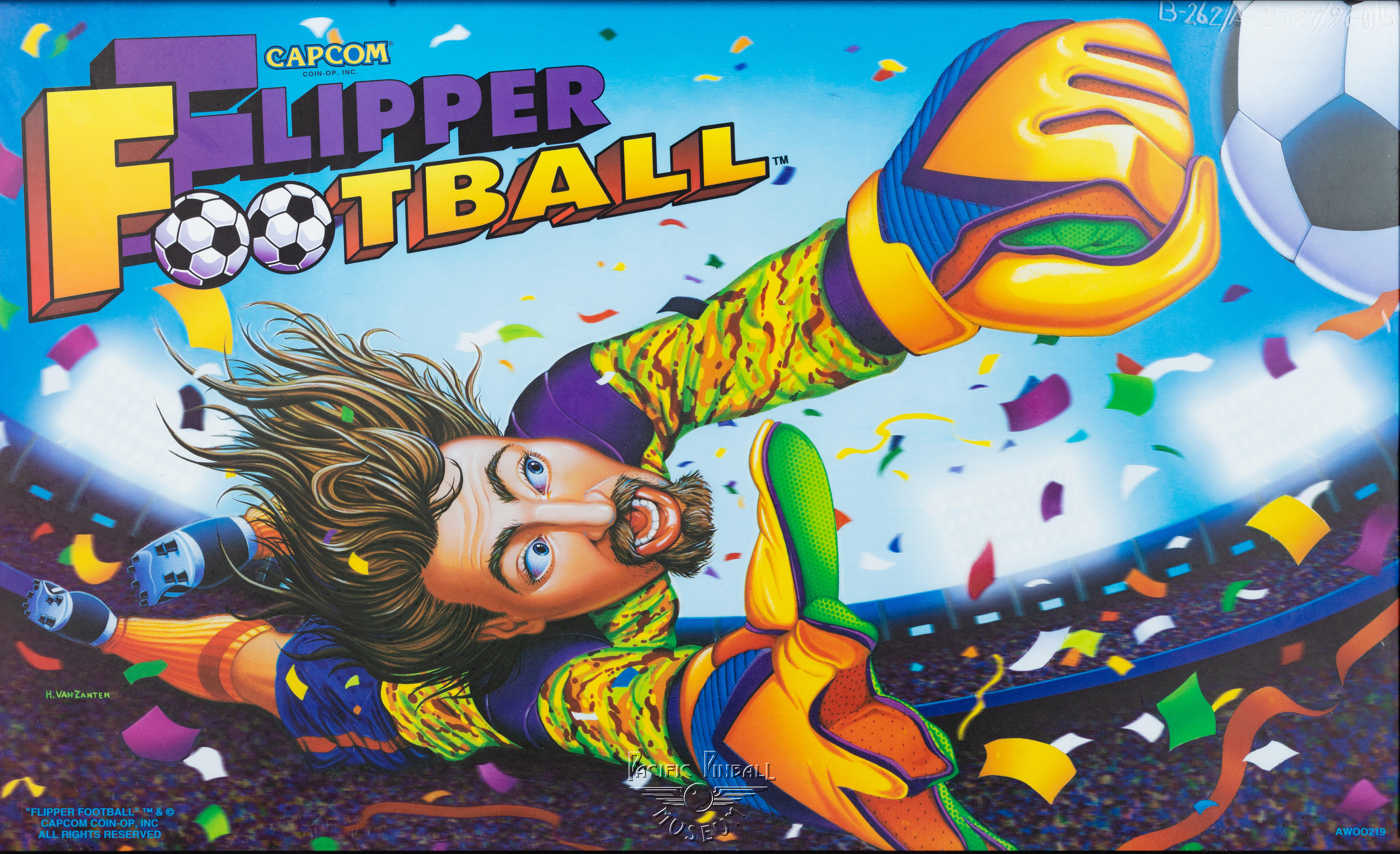
Capcom Coin-Op Pinball Machines
Capcom's pinball story is short, dramatic, and legendary - a tale of ambitious dreams, financial reality, and one machine that became the hobby's holy grail.
The Gamestar Beginning
Capcom's pinball venture began in 1993 when Capcom of Japan and Capcom USA joined with Romstar to form Game Star (GameStar Inc.), with Capcom holding 70% and Romstar 30%. They set up a factory in Arlington Heights, Illinois and immediately went after top talent from the competition.
Mark Ritchie and Python Anghelo were poached from Williams Electronics, resulting in a lawsuit from Williams to enforce Ritchie's non-compete clause. This was Capcom's strategy from day one - hire the best people money could buy and create something spectacular.
The Four Released Games
1995 saw their first release, "Pinball Magic," followed by three more in 1996: "Airborne," "Breakshot," and "Flipper Football". Each machine showcased high production values and innovative features, but they never found their market.
"Pinball Magic" (1995) actually came out before Williams' "Theatre of Magic," featuring seven mystical masters and innovative gameplay. "Airborne" (1996) had great visual appeal with 1,350 produced, while "Breakshot" (1996) was another pool-themed machine with 1,000 units.
The Fatal Mistake
"Flipper Football" became one of the main reasons for Capcom's demise. Instead of creating the typical 10-15 machine prototype run, management jumped straight into production, running into costly design problems that needed fixing on the fly. The company threw away millions of dollars in flawed parts, and operators complained about the life-sized soccer ball on the backbox that bar patrons used as a punching bag.
None of Capcom's machines sold in large quantities. Faced with mounting losses, poor "Flipper Football" sales, and a cooling pinball market, they ceased production in December 1996, cutting off "Flipper Football" after less than 1,000 machines.
The Legend of Big Bang Bar
Big Bang Bar prototypes were presented at Pinball Expo 1996 in Chicago and many considered it the best new game shown. The game raised the bar on every level - excellent sound and artwork, great DMD animations, smooth playfield flow, and technical innovations like electro-luminescent lights on plastic ramps.
Only 14 prototypes were made before Capcom folded. The completed design included two other finished games, "Big Bang Bar" and "Kingpin," but neither entered full production. Big Bang Bar achieved cult status and became a holy grail for collectors, with prototypes selling for $20,000 in 2000.
Gene Cunningham's Quest
In 2000, Gene Cunningham of Illinois Pinball bought the remaining Capcom parts and rights. In 2004, he announced he would produce Big Bang Bar under Pinball Manufacturing Inc. In 2006, Illinois Pinball manufactured 187 Big Bang Bar machines using purchased Capcom parts, assuming the rights were abandoned when no objections were filed.
Gene's financial troubles eventually led to personal bankruptcy in 2011, with his shares purchased by Planetary Pinball of California. The Big Bang Bar project became a passion that ultimately bankrupted its champion.
The Legacy
Capcom Coin-Op existed for just three years but left an outsized impact. They proved that with enough talent and money, a company could create world-class pinball machines. They also demonstrated how quickly things could go wrong in the unforgiving coin-op business.
Big Bang Bar acquired legendary status precisely because of its quality and the fact that its design was completed but never mass-produced. It represents pinball's ultimate "what if" - a game so good that people spent decades and fortunes trying to bring it back to life.
The Capcom story captures the pinball industry's final boom period in the mid-1990s, when companies could still dream big and spend freely. It's a cautionary tale about ambition meeting reality, but also a testament to the passion that drives pinball's most dedicated fans.

